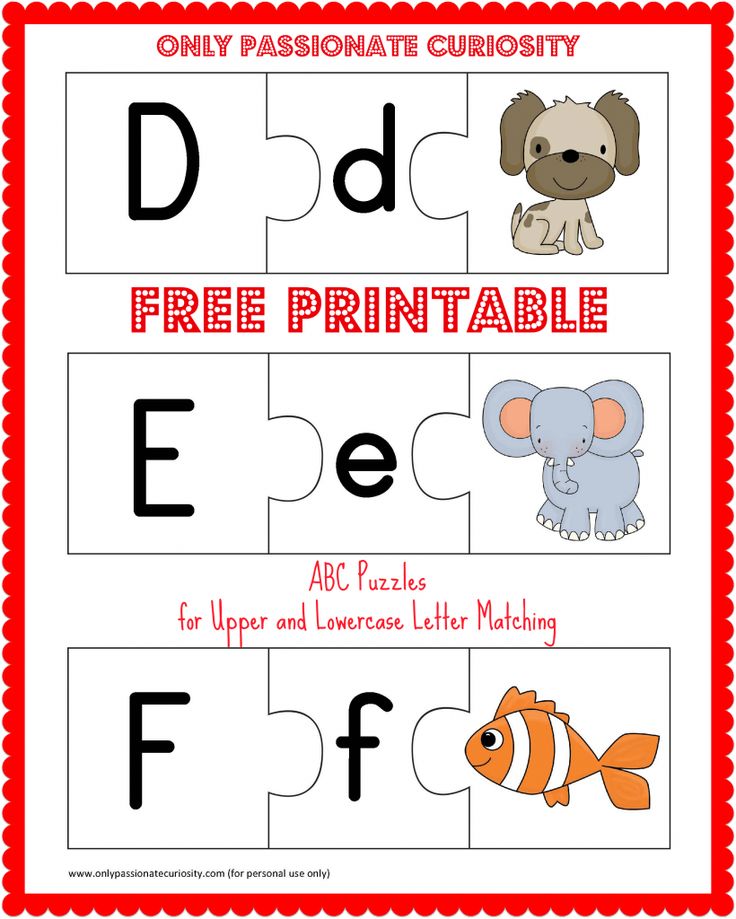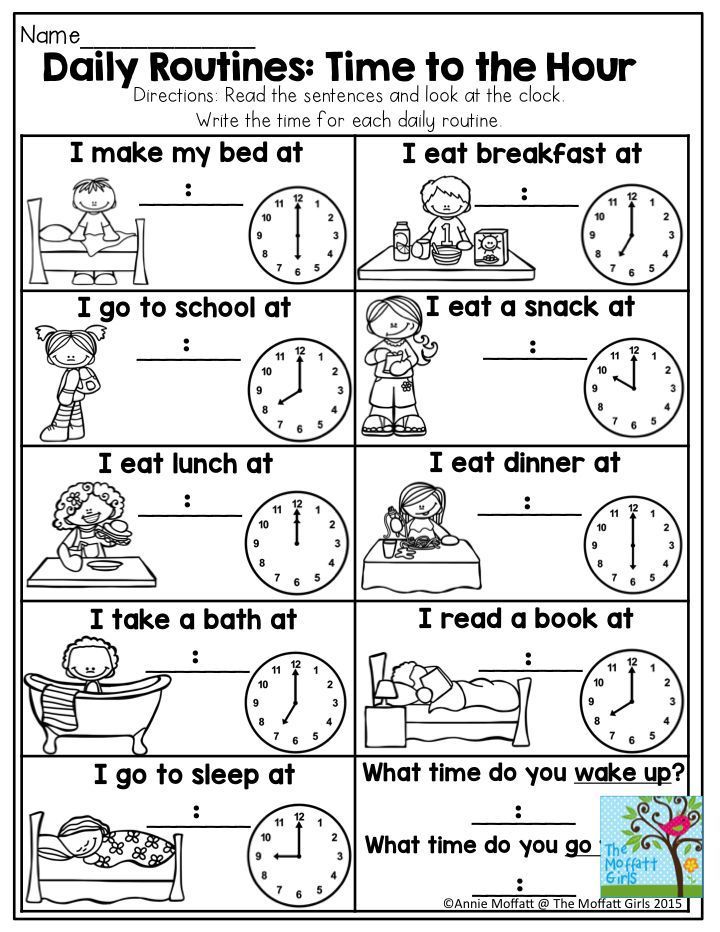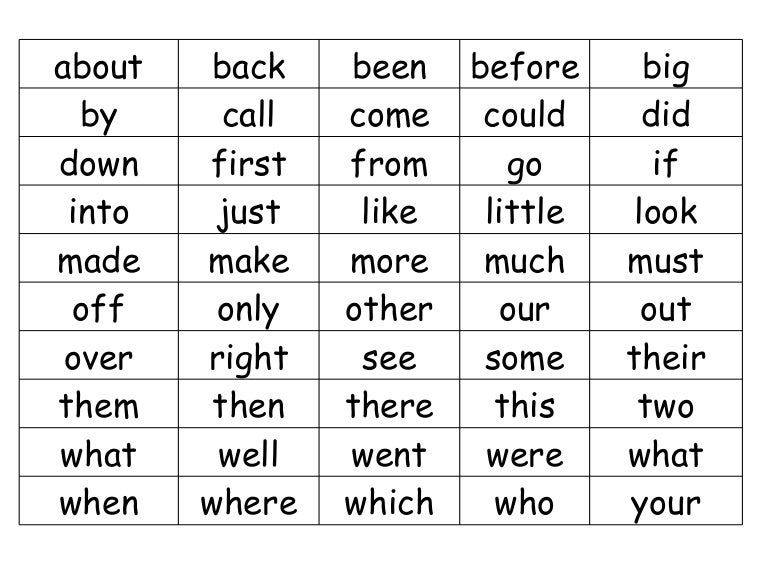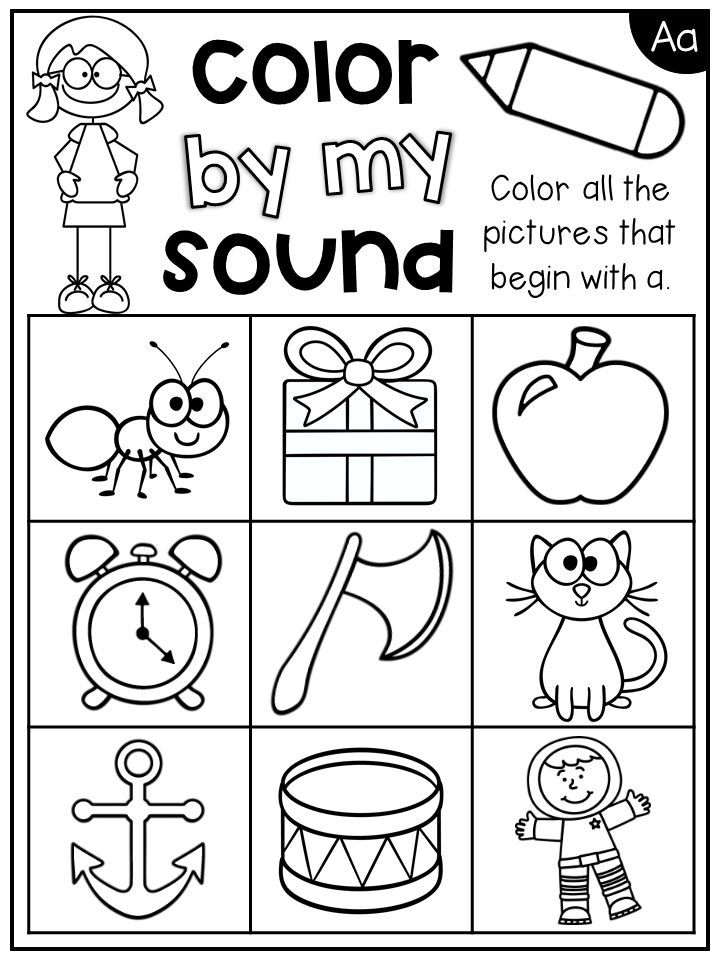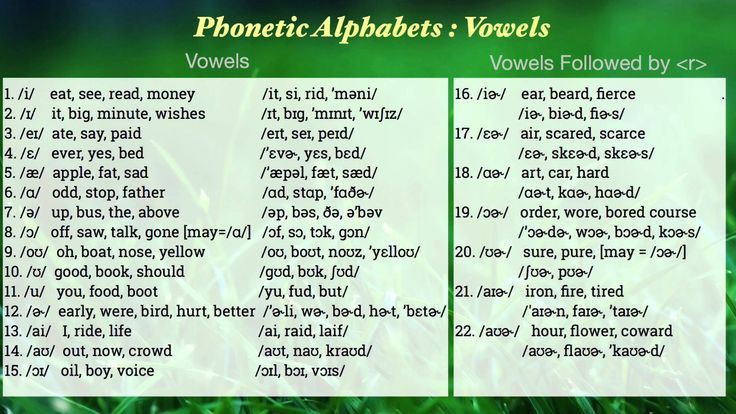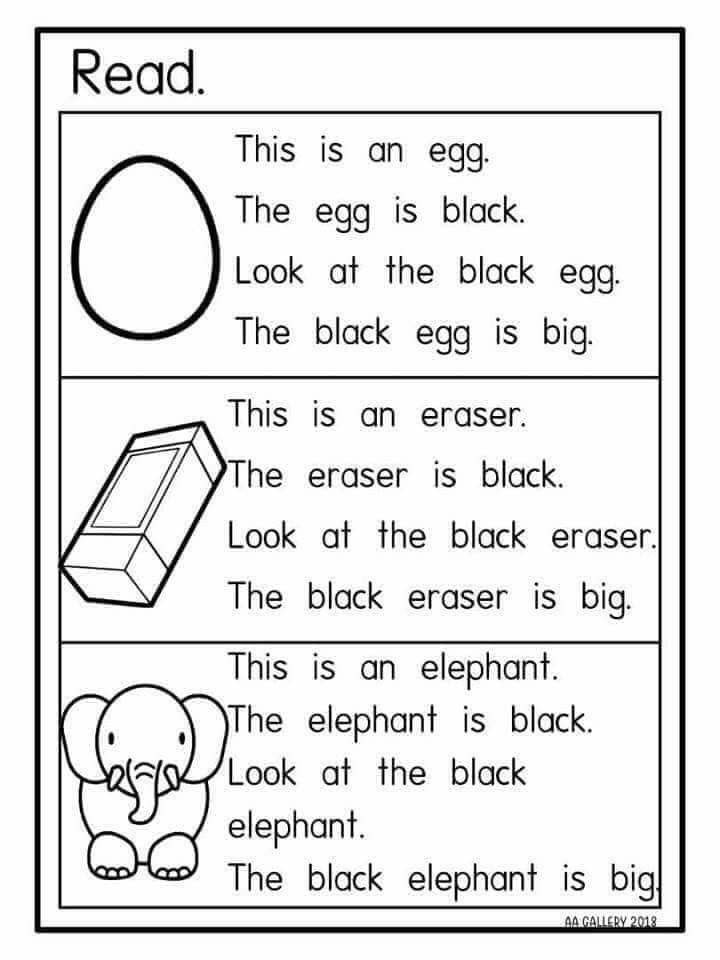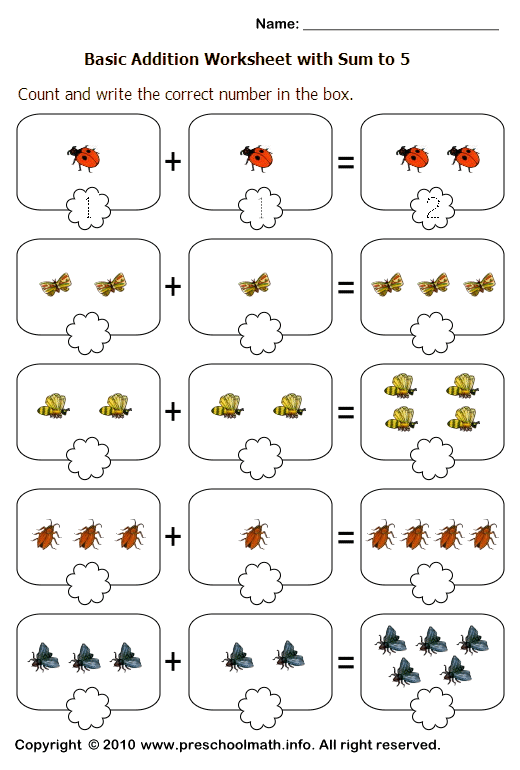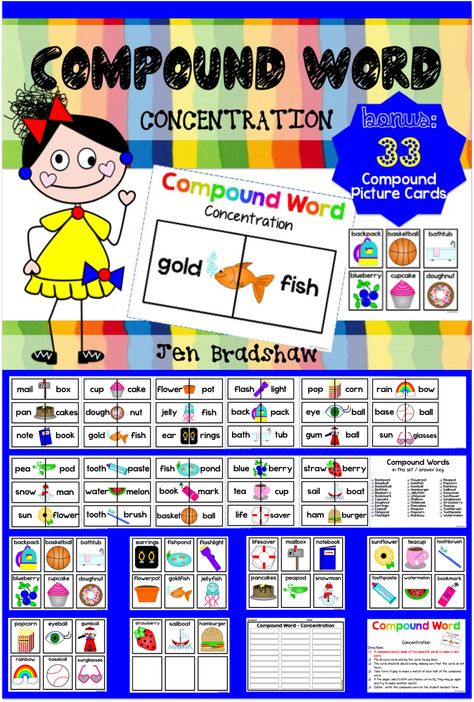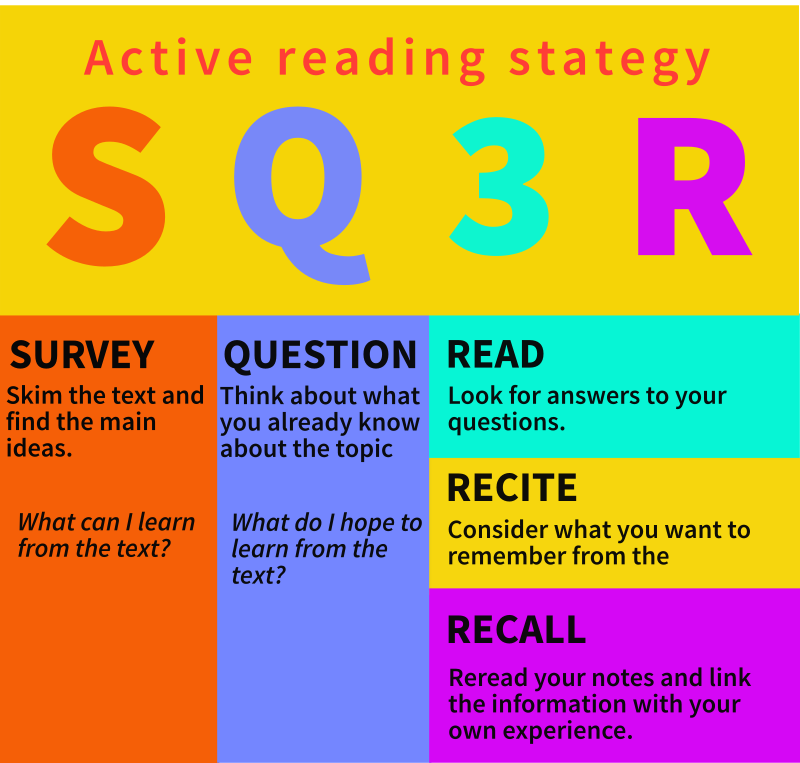Alphabet letters upper and lowercase
What Are Lowercase, Uppercase Letters?
Lowercase letter definition: Lowercase letters are all other letters not in uppercase.
Uppercase letter definition: Uppercase letters are letters that represent the beginning of a sentence or a proper noun.
What are Lowercase Letters?
In writing, most letters are lowercase. Lowercase letters are all letters that do not begin a sentence or refer to a proper noun.
English alphabet lowercase letters: a b c d e f g h i j k l m n o p q r s t u v w x y z.
Examples of Lowercase Letters:
- word
- The word above uses only lowercase letters.
- The sentence above has lowercase letters after the first letter of the sentence.
- This sentence and the one directly above have all lowercase letters except for the “T.”
What are Uppercase Letters?
Uppercase letters are also known as capital letters. Uppercase letters signal to the reader that something is important or significant.
English alphabet uppercase letters: A B C D E F G H I J K L M N O P Q R S T U V W X Y Z.
Examples of Uppercase Letters:
- Jones
- This is a proper name, so the first letter of the title and the last name are capitalized
- Main Street
- This is a proper noun so the first letter of each word is capitalized
When to Use Uppercase Letters
In English, the first letter of every sentence is capitalized. The uppercase letter signals to the reader that a new sentence is beginning.
Other uses of uppercase letters are detailed below.
TitlesAll titles are considered proper nouns and require capitalization.
Examples:
- Miss Mabry
- Incorrect: miss mabry
- Mathers
- Incorrect: mr. mathers
- Madam Lockfield
- Incorrect: madam lockfield
- Lady Grace
- Incorrect: lady grace
- Janks
- Incorect: mrs.
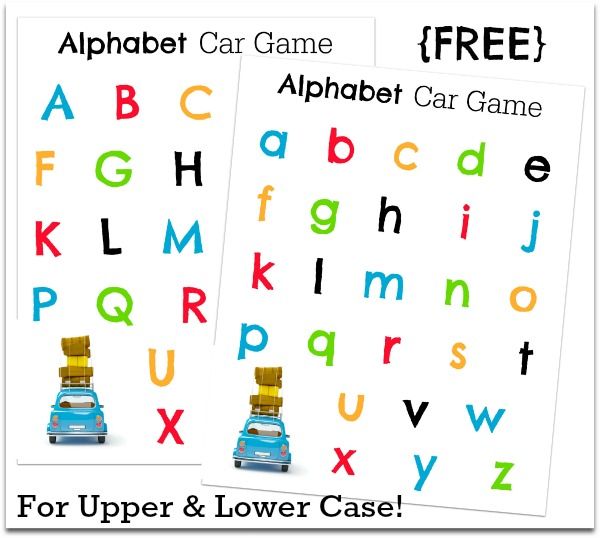 janks
janks
- Incorect: mrs.
Acronyms are a type of abbreviation. Acronyms are words formed from other letters to make a new word. However, they require capital letters to signal to the reader that those letters stand for something and are not a word alone.
Examples:
- NATO
- North Atlantic Treaty Organization
- UNICEF
- United Nations International Children’s Emergency Fund
- SCUBA
- Self-contained underwater breathing apparatus
All proper nouns need to be capitalized.
Examples:
- We visited the Bowers Museum on Saturday.
- Incorrect: We visited the bowers museum on Saturday.
- I would like to tour the Eiffel Tower.
- Incorrect: I would like to tour the eiffel tower.
- Their names are Jake and Suzy.
- Incorrect: Their names are jake and suzy.
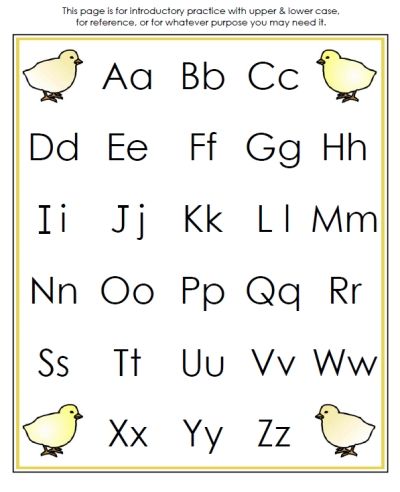
- Incorrect: Their names are jake and suzy.
When to Use Lowercase Letters
Use lowercase letters for all letters other than the first in a sentence, provided that there is no required use for uppercase letters in the sentence.
Examples:
- Every word in this sentence other than the first word is written in lowercase.
- The only words in this sentence that require uppercase letters are the proper nouns, London and Paris.
All nouns that are not proper nouns are called common nouns. All common nouns use lowercase letters (unless a common noun begins a sentence).
Examples:
- tree
- dog
- bird
- water
- air
- star
- street
- girl
- baby
Summary
Define lowercase letters: lowercase letters are those letters used for common nouns and internal words.
Define uppercase letters: uppercase letters (also called capital letters) are those letters that signify the beginning of a sentence or a proper noun.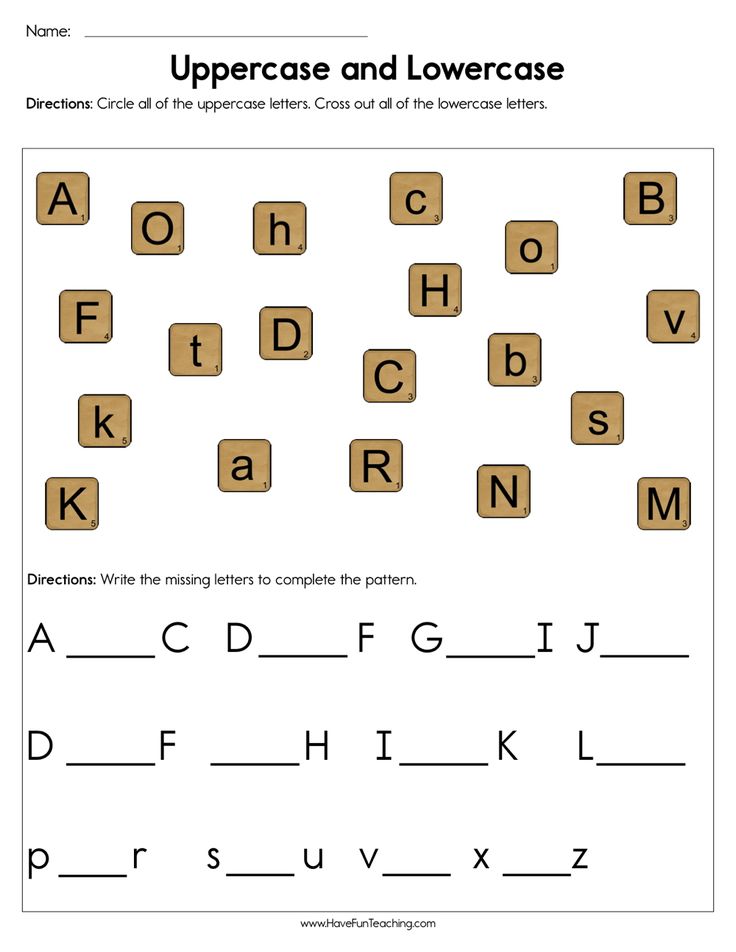
In summary,
- Uppercase and lowercase letters refer to all letters used to compose the English language.
- Uppercase letters are used to begin sentences and are also used for proper nouns.
- Lowercase letters are all letters that do not begin sentences.
Contents
- 1 What are Lowercase Letters?
- 2 What are Uppercase Letters?
- 3 When to Use Uppercase Letters
- 3.1 Titles
- 3.2 Acronyms
- 3.3 All Proper Nouns
- 4 When to Use Lowercase Letters
- 5 Summary
Lowercase and Uppercase Letters: Definition and Meaning
The 26 letters in the English alphabet can take two forms: uppercase and lowercase. Each form serves a different function. Most of the letters you see in writing are lowercase.
Definition of Lowercase Letters
Lowercase letters are smaller and sometimes take a slightly different form than their uppercase counterparts.
Notice the L that starts the word Lowercase in the previous sentence. It’s larger than the other letters and looks different than the
l in the word letters.
It’s larger than the other letters and looks different than the
l in the word letters.
Lowercase letters are used more often than uppercase letters. They follow the first letter of a sentence or the first letter of a proper noun.
English Alphabet Lowercase Letters
These are the lowercase forms of each of the 26 letters in the English alphabet.
| a | b | c | d | e | f | g | h | i | j | k | l | m |
|---|---|---|---|---|---|---|---|---|---|---|---|---|
| n | o | p | q | r | s | t | u | v | w | x | y | z |
Definition of Uppercase Letters
Uppercase letters, also called capital letters, are used to start sentences and as the initial letter of a proper noun.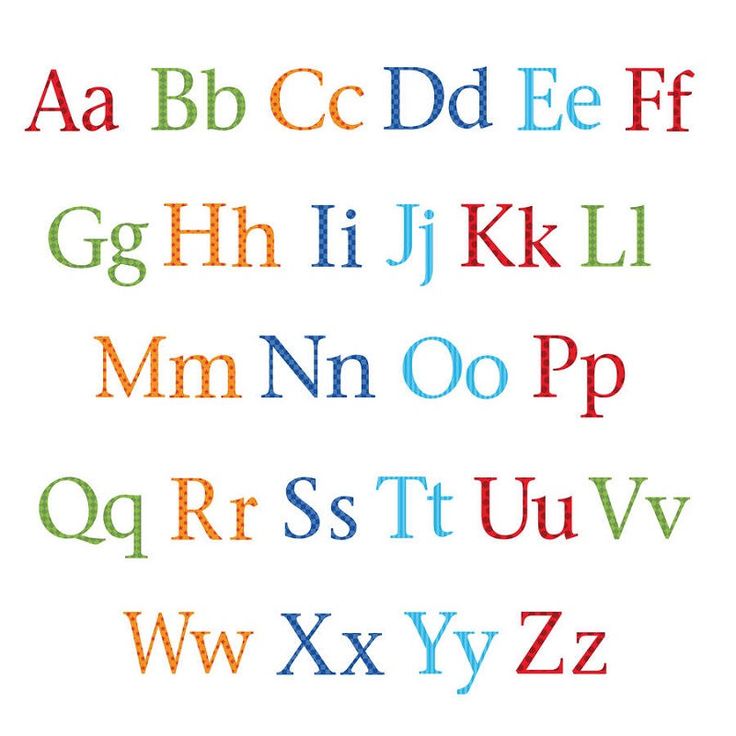
Uppercase letters are larger than their lowercase counterparts. Though most uppercase letters look similar to their lowercase partners, others take slightly different forms.
English Alphabet Uppercase (Capital) Letters
These are the uppercase or capital forms of the 26 letters in the English alphabet.
| A | B | C | D | E | F | G | H | I | J | K | L | M |
|---|---|---|---|---|---|---|---|---|---|---|---|---|
| N | O | P | Q | R | S | T | U | V | W | X | Y | Z |
When Should You Use Lowercase Letters?
It’s easier to explain the function of lowercase letters by saying what they don’t do. Lowercase letters do not start sentences and are not used as the initial letter of a proper noun.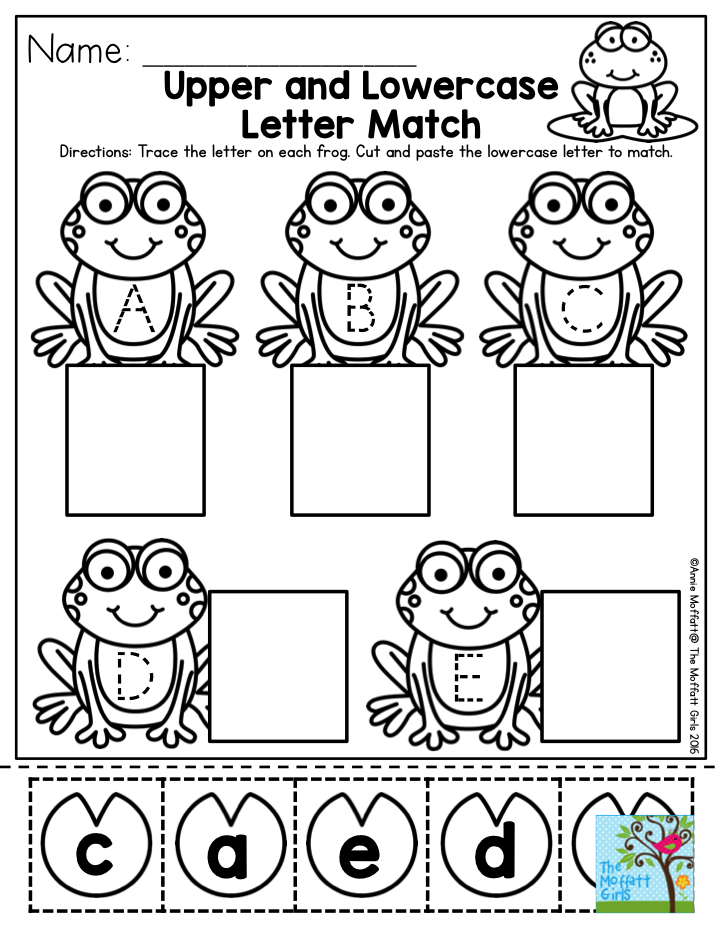
They are used for all the remaining letters in sentences and following the first letter of proper nouns.
Most of the letters you write will be lowercase. A quick scan of this article shows that uppercase letters are used in specific circumstances and lowercase are used everywhere else!
In the first sentence of the paragraph above, Most of the letters you write will be lowercase., only the M in Most is an uppercase letter. All the others are lowercase.
Use Lowercase Letters with Common Nouns
Nouns are words that represent a person, place, thing, or idea. There are two types of nouns: common and proper.
Common nouns refer to a non-specific person, place, thing, or idea. They are generic terms. The chart below shows the common noun version of the proper nouns used above.
| Proper noun (capitalize first letter) | Common noun (lowercase letters) |
|---|---|
| Joanna | person |
| London | city |
| France | country |
| Tuesday | weekday |
| September | month |
Proper nouns refer to a specific person, place, thing, or idea.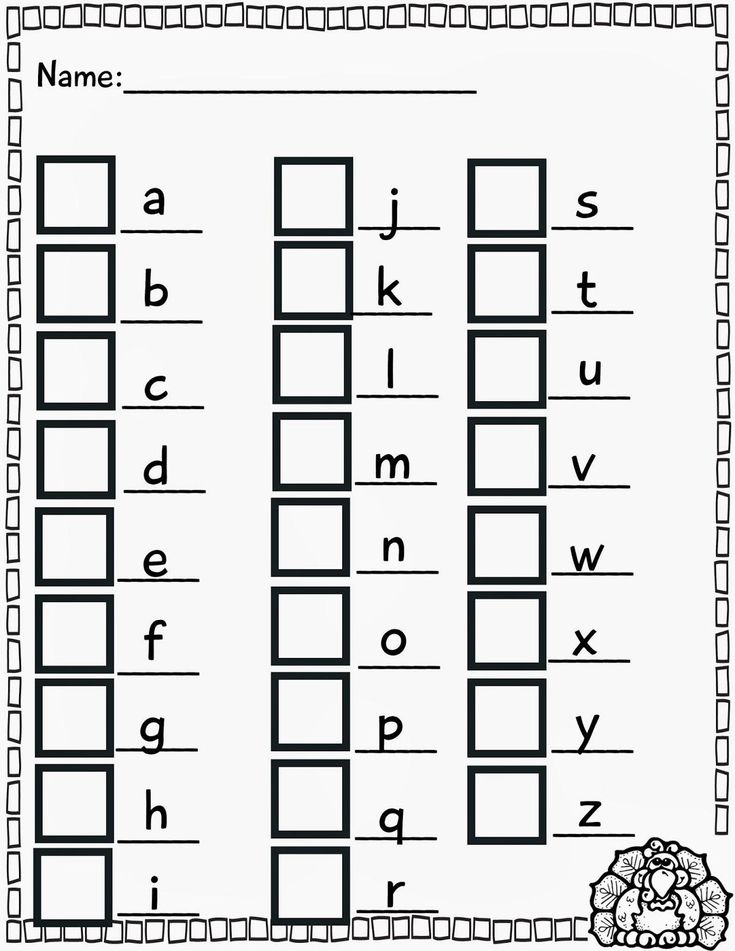 For example, the name of a particular person, city, country, day of the week, or month is a proper noun.
For example, the name of a particular person, city, country, day of the week, or month is a proper noun.
- Joanna
- London
- France
- Tuesday
- September
The initial letter of a proper noun is an uppercase letter. The rest are lowercase.
A grammar guru, style editor, and writing mentor in one package.
Try it for free!Sentence Examples with Proper and Common Nouns
These sentences contain both proper and common nouns (in bold). The proper nouns are capitalized, the common nouns contain only lowercase letters.
- After work, Sue met friends for dinner.
- The ancient poet Homer wrote The Odyssey and The Iliad.
- My favorite day of the week is Sunday, and my favorite month is July.
When Should You Use Uppercase Letters?
Most often, capital letters are used to start sentences and proper nouns, but those aren’t the only times.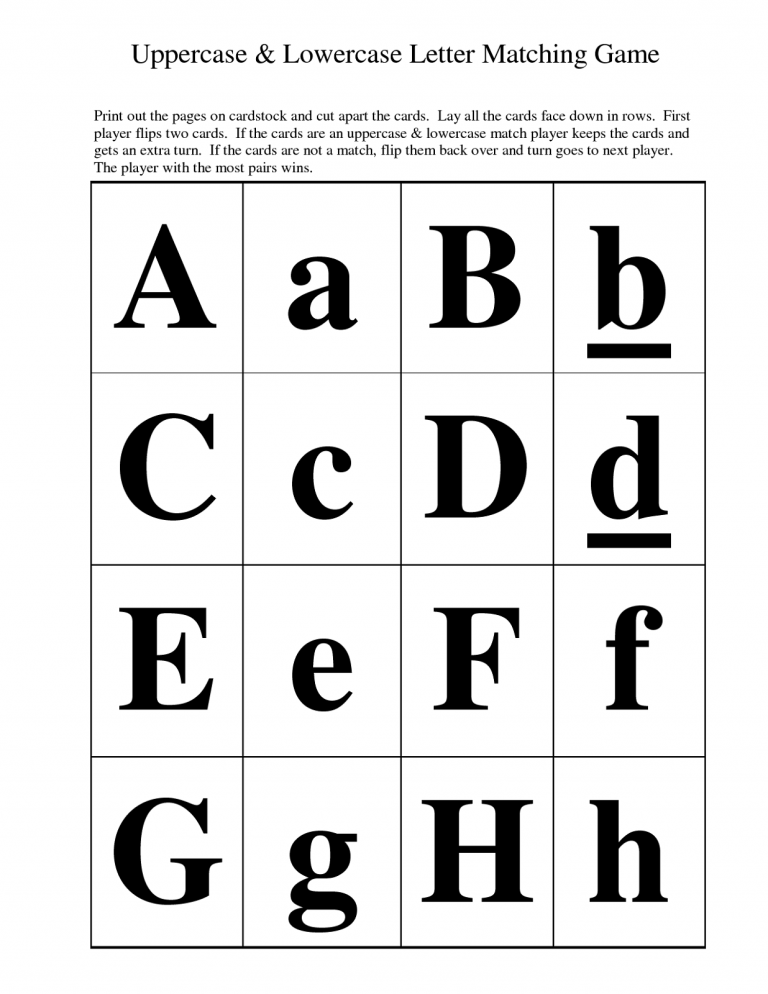
This list explains other circumstances that require uppercase letters.
1. The first word of a quote that’s part of a complete sentence
When an embedded quote is also a complete sentence, the first word of that quote should be capitalized.
- Mary said, “We should go to the beach.”
2. Titles of literary or artistic works
Capitalize the first, last, and all other words in a title except conjunctions, articles, and prepositions of fewer than four letters. This is called “Title Case.” (Some style guides have even more specific guidelines, so always check!)
- To Kill a Mockingbird
- The Hunger Games
- The Fault in Our Stars
3. Professional titles preceding a person’s name
When a title such as “Dr.” or “President” precedes a specific person’s name, capitalize it.
- We will now hear from Dr. Jones, our keynote speaker.
- President Biden will give a speech later today.
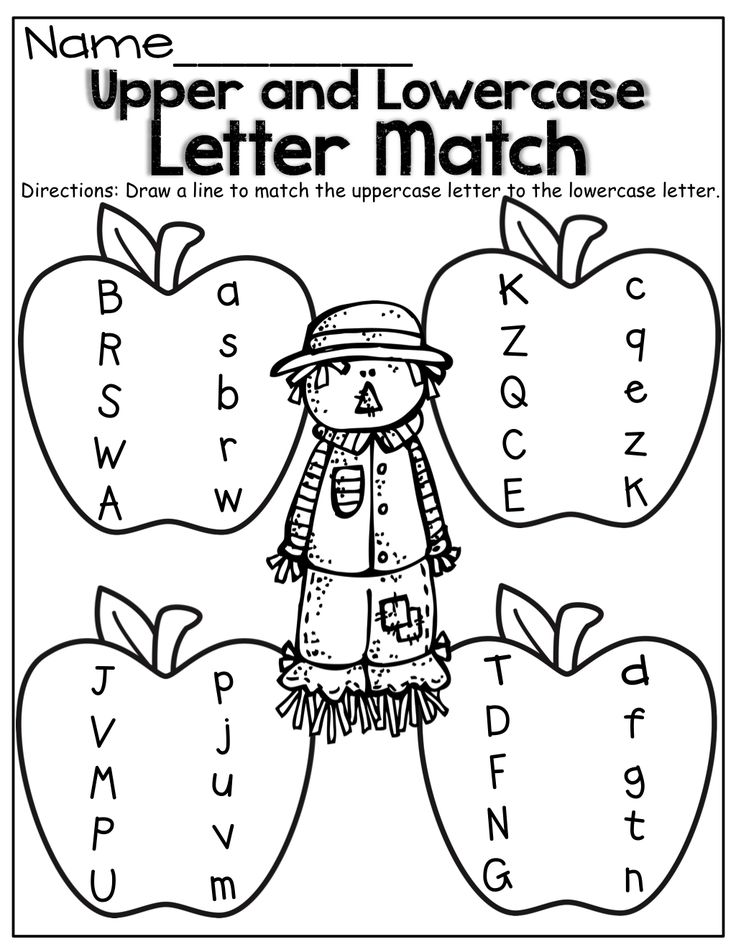
Use lowercase letters if the title is used as a description or not followed by a specific name.
- The keynote speaker is Martin Jones, a doctor.
- I’m watching the president give a speech.
If you feel overwhelmed by the different rules of capitalization, remember that ProWritingAid is here to help!
It’s a thorough grammar checker (and more) that will detect errors in capitalization for you.
4. The pronoun “I”
You should always capitalize the pronoun “I.”
5. Acronyms and Initialisms
An acronym is a word formed by taking the first letter of each word of a compound term. Initialisms are similar abbreviations, except that the letters are pronounced individually rather than forming a new word.
- PIN is an acronym for personal identification number and is pronounced as the word “pin”
- FBI is an initialism for the Federal Bureau of Investigation and is pronounced as individual letters F-B-I
Some phrases are also abbreviated as initialisms:
- “Talk to you later” is TTYL
- “As soon as possible” is ASAP
Acronyms and initialisms should always appear in uppercase form.
6. When adding emphasis
Be careful with this use of uppercase letters!
When you put words or sentences in ALL CAPS, a practice often seen in texts or posts, you add emphasis to your words. Consider how that emphasis will be perceived.
ALL CAPS statements carry more aggression and intensity than lowercase words. That’s not always a bad thing.
For example, texting someone “HAPPY BIRTHDAY!” instead of “Happy birthday” is a way to convey excitement and show you really mean those good wishes.
Other times, ALL CAPS can sound accusatory, demeaning, or rude.
Remember that ALL CAPS in writing makes it seem as though the speaker is yelling. Keep that in mind before you press “send” on your uppercase text or post!
A Summary of Lowercase and Uppercase Letters
Lowercase letters are used for common nouns and for every letter after the initial letter of the first word of a sentence.
Uppercase letters are most often used at the start of sentences and as the first letter of proper nouns, though there are other times to use the capital letter form too.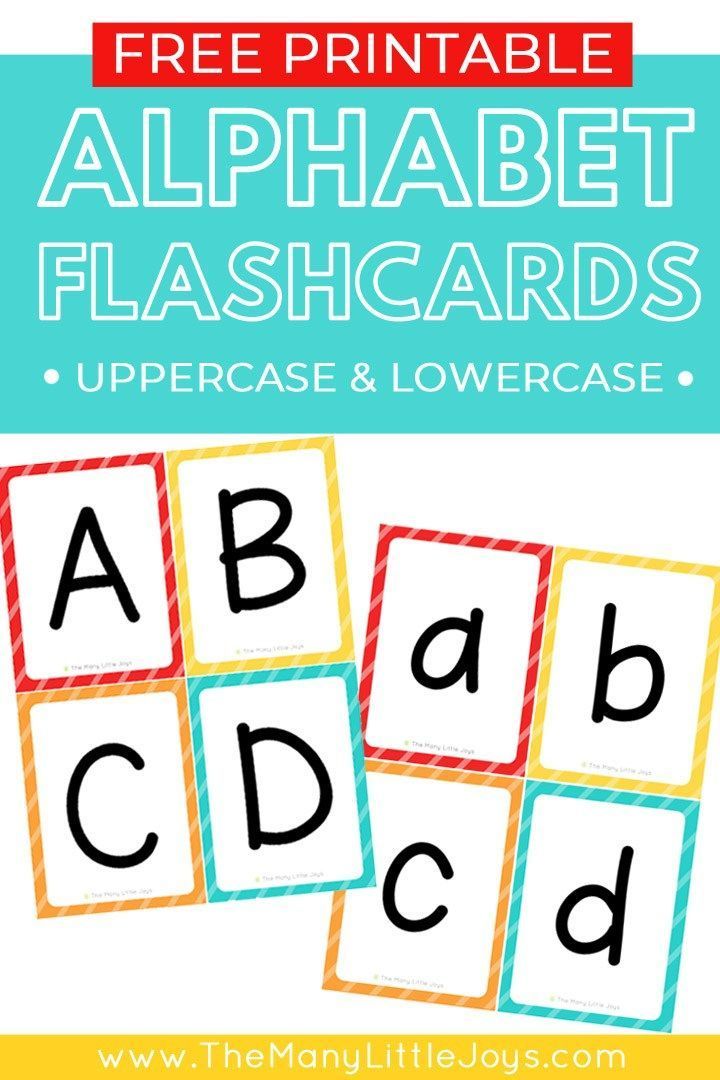
Take your writing to the next level:
20 Editing Tips from Professional Writers
Whether you are writing a novel, essay, article, or email, good writing is an essential part of communicating your ideas.
This guide contains the 20 most important writing tips and techniques from a wide range of professional writers.
Copy the Russian alphabet
Copy the Russian alphabet , Russian alphabet into line , Russian alphabet separated by commas, in reverse. What option did I forget!?
The same story as with the
If such a problem occurred to me. it means there are people like me who need the Russian alphabet in a different writing format! And that it can be copied! nine0008
Russian alphabet, Russian letters.
- Russian alphabet letters without space in a string
- Russian alphabet uppercase, lowercase letters with space
- Russian alphabet uppercase, lowercase letters separated by commas
- Russian alphabet uppercase and lowercase letters in quotation marks
- Russian alphabet uppercase and lowercase letters in a column
- Russian alphabet vowels
- Russian alphabet consonants
- Old Slavonic - the first Cyrillic alphabet
Copy link
Russian alphabet letters without space in a string
Copy uppercase Russian letters without spaces into one line.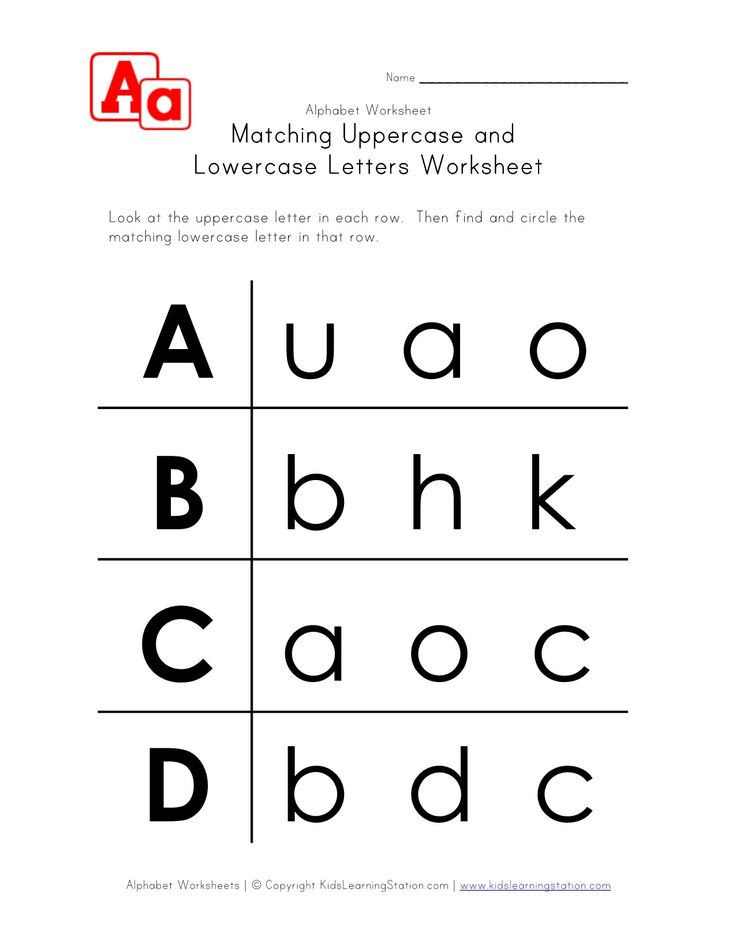
ABCDEJZYKLMNOPRSTUFFHTSCHSHCHYYYYYY
Russian alphabet lowercase letters without spaces in one line.
abvgdeezhziyklmnoprstufxchshchyyeyuya
Russian alphabet CAPITAL letters without space in the reverse direction:
Capital Russian letters without spaces in one line, copy in the opposite direction.
YOYUEYJSHCHCHCHFUTSRPONMLKYIZZHEEDGVBA
Russian alphabet lowercase letters without space in the reverse direction:
Lowercase Russian letters without spaces in one line, copy in the opposite direction.
9000Copy link
Russian alphabet uppercase, lowercase letters with space per line
Further several variants of the alphabet in a line with a space
Russian alphabet CAPITAL letters with space in one line copy.
A B C D E F G I J K L M N O P R S T U V Y Z
Russian alphabet copy lowercase letters with a space in one line.
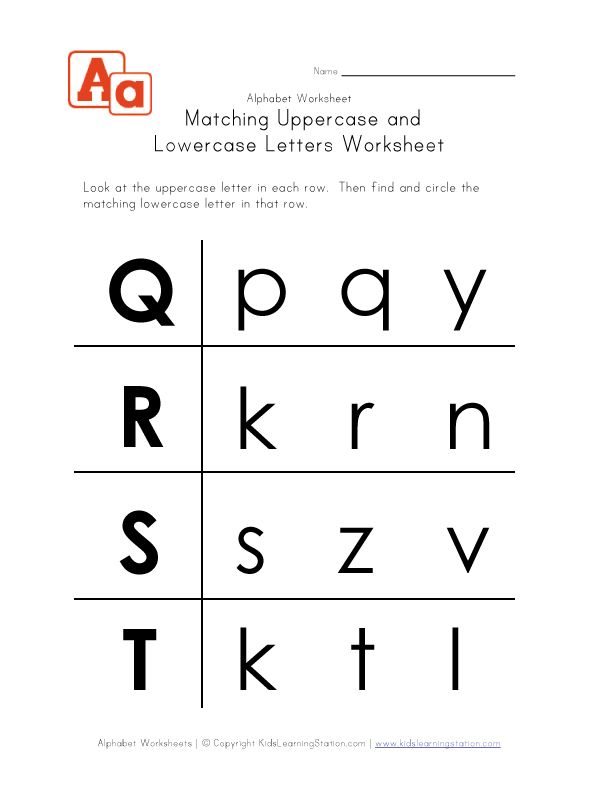 nine0012
nine0012 a b c d e f g h i j k l m n o p q r s t u v w x y y z
Russian alphabet CAPITAL letters with a space in one line, copy in the opposite direction.
YU E YY Y SC W W H T X F U T S R PON M L K Y Y Z Z J E D G W B A
Russian alphabet lowercase letters with a space in one line, copy in the opposite direction.
y y y y y y y y y y y y y s h t h c h f u t s r p o n m l k y i z zh e dg v b a
Copy link
Russian alphabet uppercase, lowercase letters separated by commas
Copy uppercase Russian letters separated by commas into one line.
A, B, C, D, D, E, Y, F, G, I, Y, K, L, M, N, O, P, R, S, T, U, F, X, C, H , W, W, b, S, b, E, Yu, I
Russian alphabet copy lowercase letters separated by commas into one line.
a, b, c, d, e, f, e, g, h, i, d, k, l, m, n, o, p, r, s, t, y, f, x, c, h , w, w, b, s, b, e, u, i
Russian alphabet lowercase, and CAPITAL letters separated by commas in one line copy.

A a, B b, C c, D d, D d, E f, E e, F f, Z h, I i, J d, K k, L l, M m, N n, O o, P p, R p, C s, T t, Y y, F f, X x, C c, H h, Sh w, Sh y, b b, S s, b b, E e, Yu yu, I am,
Russian alphabet CAPITAL letters separated by commas in one line, copy in the opposite direction. S , F, E, F, D, D, C, B, A,
Russian alphabet lowercase letters separated by commas in one line, copy in the opposite direction.
z , g, e, f, e, d, c, b, a
Copy link
Russian alphabet letters in single quotes Russian alphabet capital letters separated by commas in single quotes copy.
'A', 'B', 'C', 'G', 'D', 'E', 'E', 'F', 'Z', 'I', 'Y', 'K', ' L', 'M', 'N', 'O', 'P', 'R', 'S', 'T', 'U', 'F', 'X', 'C', 'H' , 'W', 'W', 'b', 'S', 'b', 'E', 'Yu', 'I'
Russian alphabet lowercase in single quotes. Russian alphabet copy lowercase letters separated by commas in single quotes.

'a', 'b', 'c', 'd', 'e', 'e', 'e', 'g', 'h', 'i', 'd', 'k', ' l', 'm', 'n', 'o', 'n', 'p', 's', 't', 'y', 'f', 'x', 'c', 'h' , 'w', 'w', 'b', 's', 'b', 'e', 'yu', 'ya'
Russian alphabet capital letters in double quotes Russian alphabet capital letters separated by commas in double quotes copy. nine0009 "A", "B", "C", "D", "D", "E", "E", "F", "Z", "I", "Y", "K", " L", "M", "N", "O", "P", "R", "S", "T", "U", "F", "X", "C", "H" , "Sh", "Sch", "b", "S", "b", "E", "Yu", I
Russian alphabet double-quoted lowercase letters Russian alphabet copy lowercase letters separated by commas in double quotes.
"a", "b", "c", "d", "d", "e", "e", "g", "h", "i", "d", "k", " l", "m", "n", "o", "p", "p", "s", "t", "y", "f", "x", "c", "h" , "w", "u", "b", "s", "b", "e", "yu", "i"
Copy link
Russian Alphabet CAPITAL and CAPITAL LETTERS
CAPITAL letters in a column.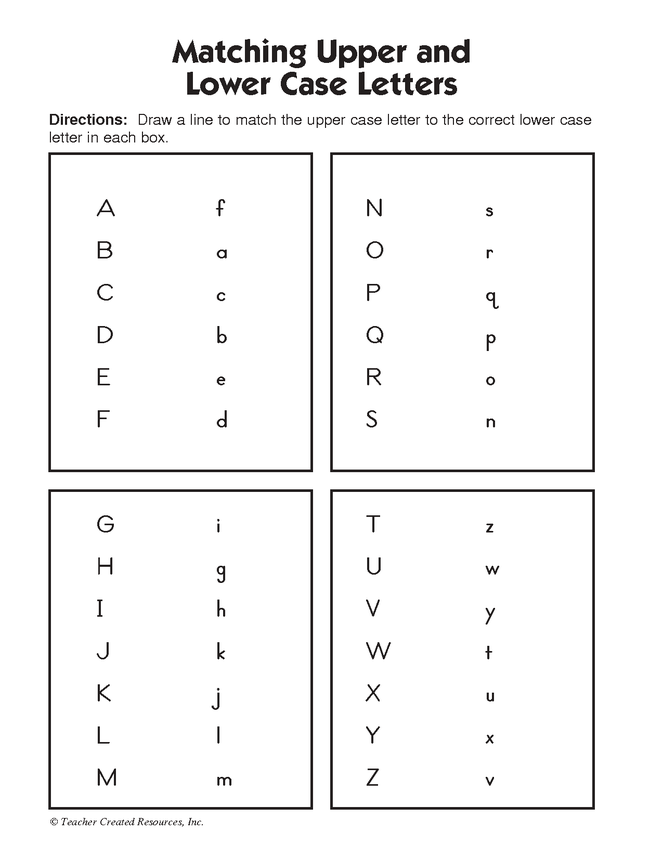
A
B
B
g
D
E
ё
f
° C
and
th
to
L
N
On
P
R
S
T
U
f
x
C
h
Sh
s
b
E
U
I
Russian alphabet lowercase letters in a column.
A
B
B
g
D
E
ё
Ф
° C
and
L
M
On
P
r
with
T
in
F
C
h
Sh
s
E
U
I
IRussian alphabet CAPITAL and lowercase letters in a column.
A a
B b
C c
D
D
F0008
th
K
l L
m
N
O O
P
R
C C
T T T
U in
Ф
X x
c
h
sh
b
th
b
E
Yu
I am
Russian alphabet CAPITAL and lowercase letters in a column with a semicolon.
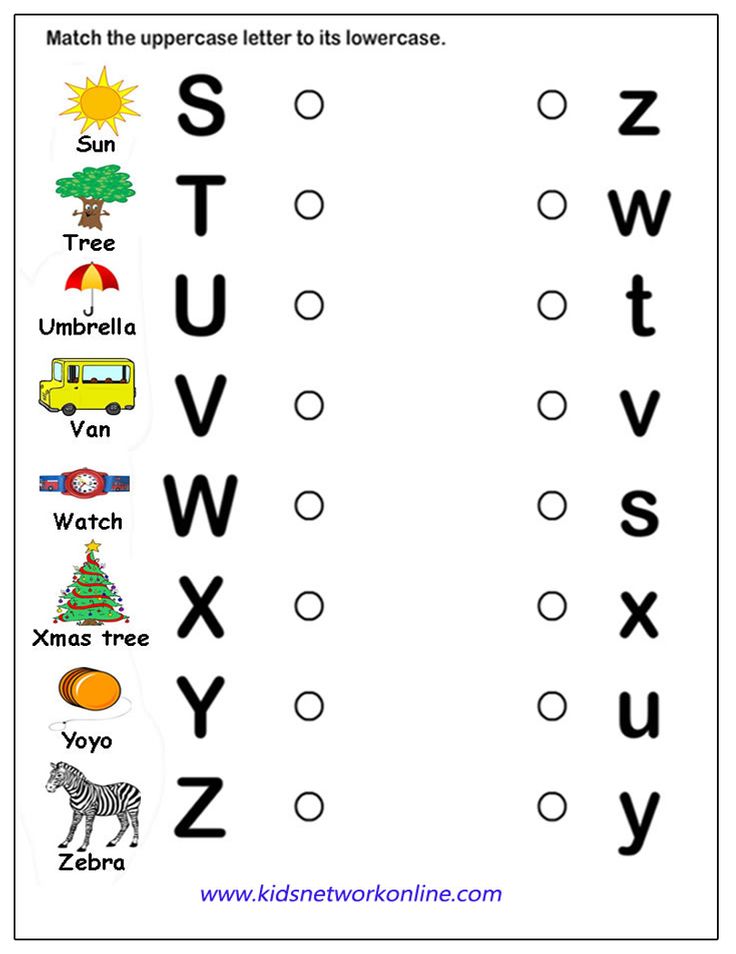
A a,
b,
B,
g,
d d,
e,
e,
f,
s,
and,
th, and,
th.
K,
L,
m,
N.,
O O O,
P P,
r,
C,
t,
U
F f,
X x,
Z c,
H h,
W w,
Sh y,
b b,
s,
b,
e,
yu,
i,
Copy link
Russian alphabet vowels
Vowels in total 10:
Vowels of the Russian alphabet:
Vowels of the "Russian alphabet" lowercase in a line
a e yo i o u y e yu ya
Vowels of the "Russian alphabet" uppercase in a line
A E Y O Y O Y Y Y Y
Vowels of the "Russian alphabet" lowercase and uppercase in line
Aa Her Yoyo Ii Oo Uu Yy Ee Yuyu Yaya
Vowels of the "Russian alphabet" lowercase in a line with accent
a e i o u y e yu i
Vowels of the "Russian alphabet" uppercase in a line with accent
A E I O U Y E Yu Z
Do you know.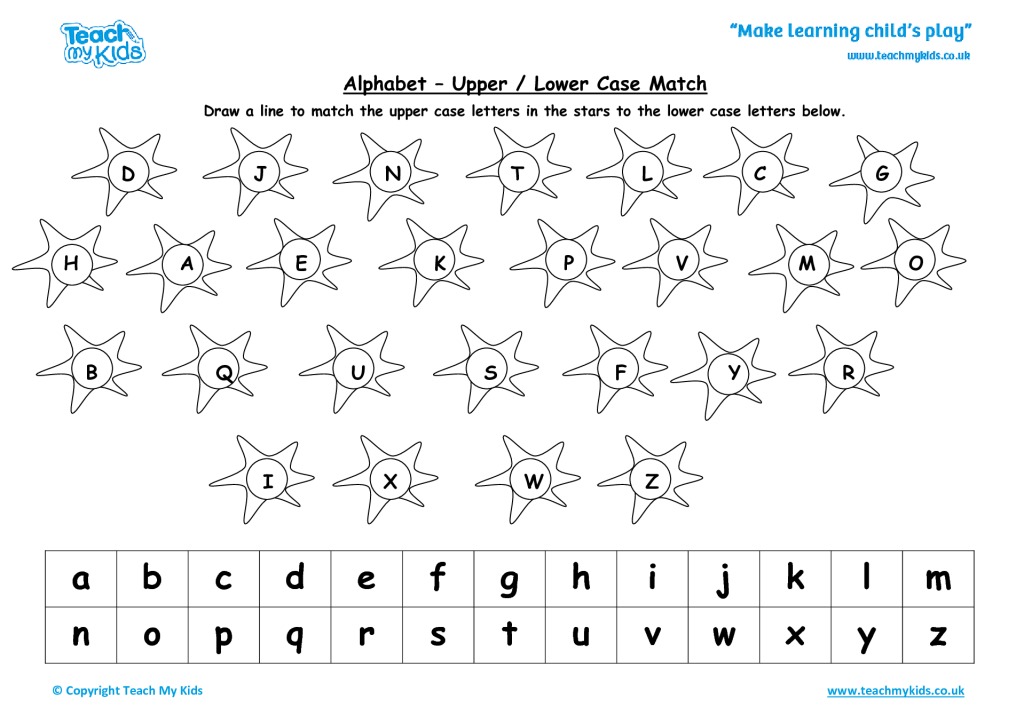 why is there no letter "ё" with an accent? Correctly all words with the letter "e" - the emphasis will fall on it! Except:
why is there no letter "ё" with an accent? Correctly all words with the letter "e" - the emphasis will fall on it! Except:
There are three exceptions:
Königsberg
Surfingist
"shogun"
Copy link
Russian alphabet consonants
Total 21 consonants:
Russian alphabet consonants:
Consonants of the "Russian alphabet" lowercase in a line
b c d j g h z j k l m n p q r s t v x t w w y
Consonants of the "Russian alphabet" uppercase in a line
B C D F G Y K L M N P R S T V W Y
Consonants of the "Russian alphabet" lowercase in a line separated by commas
b, c, d, e, g, h, d, k, l, m, n, p, r, s, t, f, x, c, h, w, sch.
Consonants of the "Russian alphabet", uppercase, separated by commas
B, C, D, D, W, Z, Y, K, L, M, N, P, R, S, T, F, X, C, H, W, S.
Copy link
Old Slavonic - the first Cyrillic alphabet
Old Church Slavonic Cyrillic - the first Cyrillic alphabet of 46 letters, developed at the turn of the 9th and 10th centuries to record the Old Church Slavonic and later Church Slavonic languages.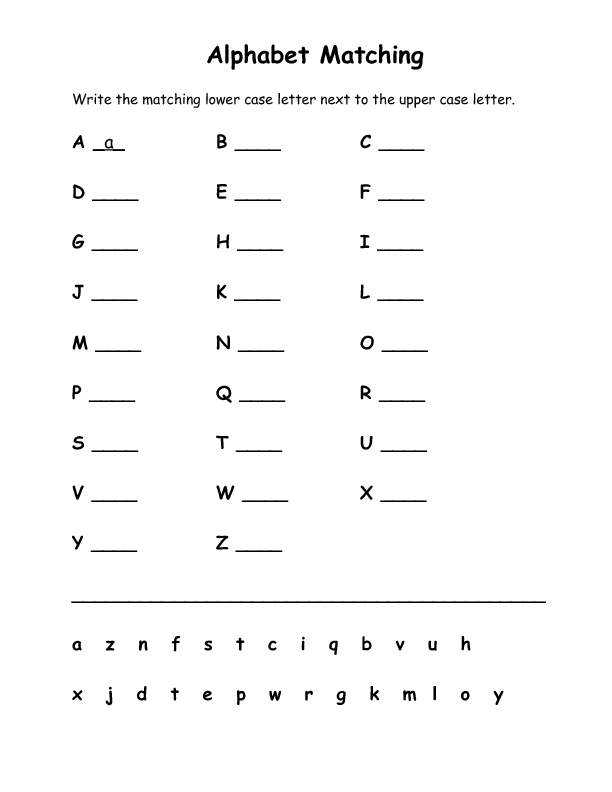 nine0008
nine0008
| No. | Letters | Title | Translit |
|---|---|---|---|
| 1 | aꙁъ | a | |
| 2 | bѹkꙑ | b | |
| 3 | see | v | |
| 4 | verb | g | |
| 5 | good | d | |
| 6 | yes | e | |
| 7 | live | ž | |
| 8 | sѣlo | dz | |
| 9 | ꙁєmlꙗ | z | |
| 10 | others | i | |
| 11 | and / izhєi | i | |
| 12 | ərv | gj | |
| 13 | kako | k | |
| 14 | people | l | |
| 15 | thoughts | m | |
| 16 | ours | n | |
| 17 | ony | or | |
| 18 | chambers | p | |
| 19 | rci | r | |
| 20 | word | s | |
| 21 | hard | t | |
| 22 | sk | and | |
| 23 | frt | f | |
| 24 | hѣrъ | x | |
| 25 | big | nine0564 or||
| 26 | ѿ | from | |
| 27 | qi | c | |
| 28 | worm | - | |
| 29 | joppa | q | |
| 30 | sha | š | |
| 31 | shcha (shta, shcha) | st | |
| 32 | erb | - | |
| 33 | years | ū | |
| 34 | er | - | |
| 35 | ꙗт | æ | |
| 36 | nine0564 їotirovan ѹkъ | ju | |
| 37 | jotted aꙁъ | and | |
| 38 | je | ||
| 39 | ѭсъ small | ę | |
| 40 | ѭсъ єлік | ǫ | |
| 41 | ję | ||
| 42 | jǫ | ||
| 43 | ѯї | ks | |
| 44 | ѱї | ps | |
| 45 | fit | θ | |
| 46 | horse | ü |
You don't have to thank, but help!
Tags :
copy Russian alphabet
Russian alphabet copy letters
Russian alphabet into a line copy
Russian alphabet copy letters into a line
Russian alphabet so that you can copy
Russian alphabet copy and paste
all letters of the English alphabet separated by commas copy
alphabet to copy
alphabet to copy Russian with spaces
alphabet Russian in one line
all Russian letters separated by commas
alphabet Russian vice versa
alphabet to copy large and small letters
alphabet Russian and symbols in a line
Russian alphabet from a to z copy
Old Church Slavonic alphabet characters copy
Uppercase and lowercase letters in the alphabet
Updated December 12, 2022 Views: 60 659 Author: Dmitry Petrov Hello, dear readers of the KtoNaNovenkogo.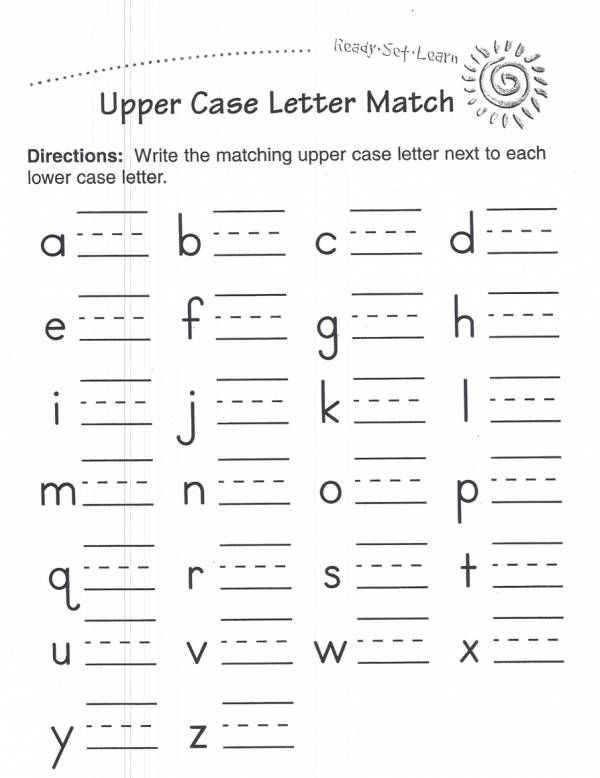 ru blog. All letters of the alphabet, when written, can have two sizes - large or small. True, these are not official names, but more colloquial. In textbooks, they are called uppercase and lowercase. To avoid confusion in the future, we immediately define:
ru blog. All letters of the alphabet, when written, can have two sizes - large or small. True, these are not official names, but more colloquial. In textbooks, they are called uppercase and lowercase. To avoid confusion in the future, we immediately define:
- Uppercase are large letters that stand out from the rest. They are also called "caps".
- Lower case are small letters. It's better to say "regular" though, as this size fits most of any text. nine0017
Why such names? But here we must turn to the history of the development of writing.
The easiest way to explain is about lowercase letters. These are those that are written to the size of the string. They are all the same size, and do not stand out from each other. And also do not go beyond the size of the lines - hence the name.
The history of capital letters is much more interesting. Previously, capital letters were only at the beginning of the book. And they tried to highlight these letters as much as possible - they were not even written, they were drawn in order to get a real work of art. And they had a corresponding name - DRAWINGS. nine0008
And they tried to highlight these letters as much as possible - they were not even written, they were drawn in order to get a real work of art. And they had a corresponding name - DRAWINGS. nine0008
Over time, such letters began to be used not only at the beginning of the book, they were used to separate chapters and parts of the work. And even when printing appeared, the need for artists and clerks did not disappear.
The fact is that on printing presses all the letters were the same size. Therefore, capital letters were written separately in books. This is where the name "caps" comes from.
By the way, the most common capital letter used was red paint. From here came another well-known expression in Russian - "to write from the red line." nine0008
The difference between uppercase and lowercase letters
There are 33 letters in Russian, and for each there is an uppercase and lowercase version. Moreover, the spelling of some letters is seriously different.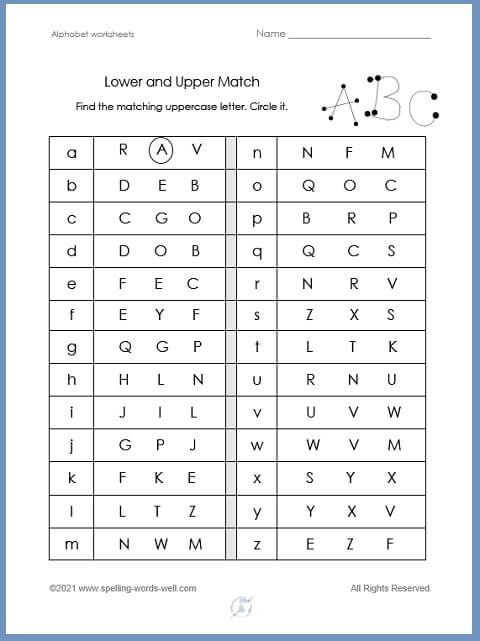 For example, "A" and "a", "B" and "b", "E" and "e", "E" and "e".
For example, "A" and "a", "B" and "b", "E" and "e", "E" and "e".
But for the most part, only the size of the letters of the Russian alphabet changes.
But in the English alphabet there are fewer letters - only 26, but there are much more differences between uppercase and lowercase letters. There are even fewer of those who have the same spelling. nine0008
From this point of view, the Greek alphabet can be considered unique. Moreover, in two respects. First, it has a different number of uppercase and lowercase letters, 24 and 25 respectively. The fact is that the 18th letter "Sigma" in lower case can be written in two versions at once. And secondly, almost all letters have a different lowercase and uppercase spelling.
But by the way, not all languages have a division of letters into large and small. For example, Arabs, Koreans, Jews, and Thais all write in the same size. And if you need to highlight something, then just increase the font, but still use lowercase letters.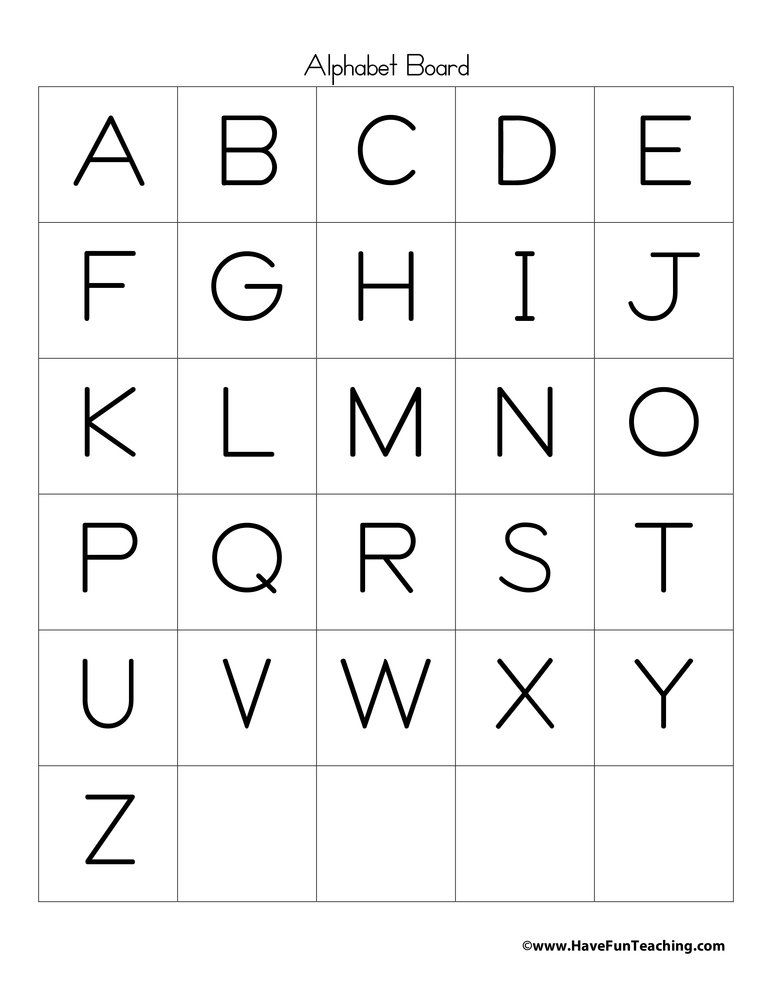 nine0008
nine0008
What are capital letters for? We have already said that at the dawn of the emergence of writing, capital letters were placed only at the beginning of the work. But over time, they decided that they should also be at the beginning of each sentence, and proper names should also begin with them.
At the beginning of the 17th century, the rule was extended. In addition to names in capital letters, it was decided to write the titles and titles of the highest persons (then it was called "dignity"). First of all, this concerned the words "Tsar" and "Patriarch", and after that "Prince", "Voivode", "Boyar" and so on. nine0008
Subsequently, all nouns that were borrowed from other languages began to be added to words with a capital letter. For example, "Professor", "Literature", "Grammar", "General" and others. But all this was only conditional. Of course, they could have been punished for the “king” with a small letter, but other words could be written as you like.
And only at the end of the 19th century, the philologist and professor of the Imperial University Yakov Grot decided to systematize the rules.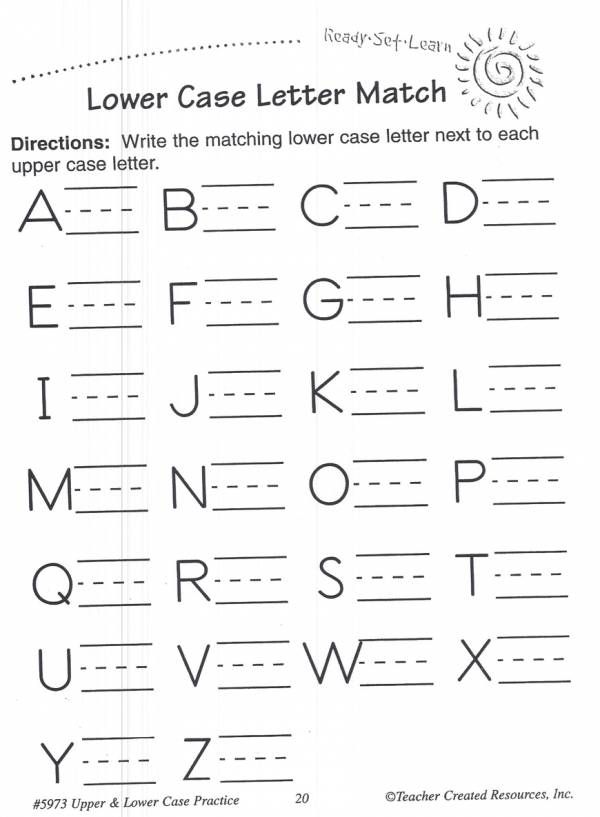 His work "Russian Spelling" was published in 1885. Since then, it has been updated and reprinted more than 20 times. But the foundations laid by the Grotto are still valid today. nine0008
His work "Russian Spelling" was published in 1885. Since then, it has been updated and reprinted more than 20 times. But the foundations laid by the Grotto are still valid today. nine0008
So, words that must be written with capital (capital) letters:
- Names, surnames, patronymics and nicknames of people. If the nickname consists of several words, then only the first begins with a capital letter.
Alexander Sergeevich Pushkin, he is the Sun of Russian poetry.
- Animal names:
Bug, Ball, Kashtanka, Mu-mu.
- Characters from fairy tales;
Mermaid, Cinderella, Puss in Boots.
- Place names (countries, cities, regions, seas, rivers, mountains, etc.). Again, if there are several words, only the first letter is capitalized. nine0009 Russia, Moscow, Pacific Ocean, Sverdlovsk region, Mount Elbrus.
But there are exceptions: the Russian Federation, Veliky Novgorod, etc. - Names of historical events and eras:
Battle of Stalingrad, St.
